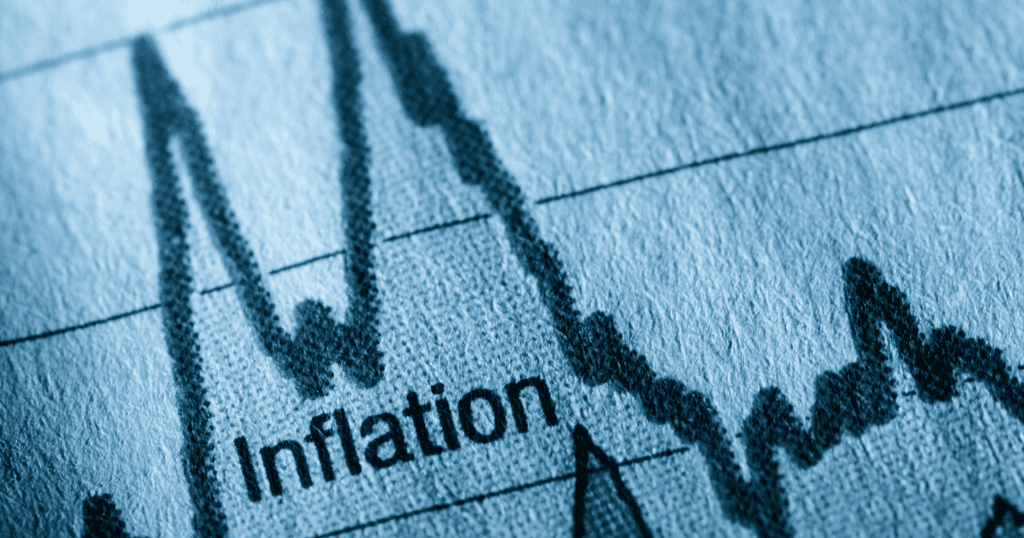Australia’s inflation rate has fallen since its peak in December. The annual price increases for the year to March have decreased from 7.8% to 7%.

High inflation unfortunately is still with us, however the decrease in the inflation rate is an important development as we move towards the target inflation rate of 2-3%.
Although the overall inflation rate has decreased slightly, certain sectors, such as medical services, tertiary education, and gas have seen significant increases in prices. This could have a disproportionate impact on consumers who rely heavily on these goods and services.
We have also seen prices rise in the food sector, particularly for fruit, vegetables, snacks and confectionery. This also puts strain on many household budgets. On the other hand, the decrease in prices for furniture, household appliances, and clothing could be positive news for consumers who are looking to make purchases in these areas.
The ongoing increase in domestic holiday travel and accommodation costs may be a reflection of the pent-up demand for travel as COVID-19 restrictions ease. However, the slight decrease in airfares may provide some relief for travellers.
Whilst the slowing rate of inflation is welcomed and may signal a more stable economy is on the horizon, it is important to continue to monitor how different sectors and households are impacted by the ongoing price fluctuations.

